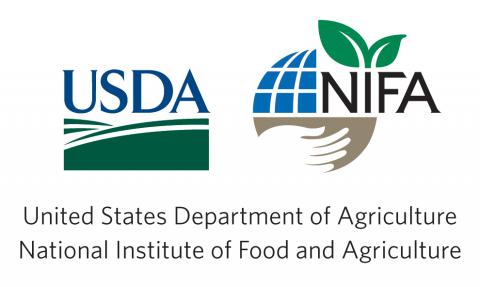
The pig industry has made remarkable progress in the past 40 years: each sow produces 50% more progeny per year, which eats one third less feed in order to produce 33% more lean meat. Genetic diversity is rapidly eroded within pig breeds due to stringent selection programs which have made this progress possible. Thus, it has become a necessity to maintain diversity and to develop alternative stocks to meet a wide variety of production/market conditions, as well as the ensuing need to establish sound conservation programs. This project will identify the genetic areas of importance during domestication and natural selection. These areas can be directly tested to determine which gene sequences are most important to use in breeding schemes directed at conservation or increased productivity.
GOALS & OBJECTIVES
Our hypothesis is that both domestication and natural selection leave distinctive signatures at the molecular level that can be detected using polymorphism data and statistical tests. Objective 1 is to identify SNPs in ancestral animals (wild boars and related Sus species) thus, removing any bias in ascertaining SNPs. Objective 2 is to screen our pig biodiverse DNA panel for the SNPs identified in Objective 1 and determine the MAF. This panel is representative of global porcine biodiversity (an extended version from that used in the EU Biodiversity Panel. The goal of Objective 3 is to define ancestral haplotypes and calculate the LD for each. This is critical for identifying QTL in commercial populations and to design approaches for introgressing desirable low heritability traits (e.g. disease resistance).
PROJECT METHODS
Objective 1: Locus specific amplifications will be performed under optimized PCR conditions for individual pigs selected from the SNP discovery panel. Successfully amplified products will be treated directly with ExoSAP-IT to remove residual primers and dNTPs prior to direct sequencing. Following heat inactivation at 80 degrees C for 15 minutes, 50 to 100 ng of PCR product will be used for direct sequencing. Sequencing products will be analyzed on ABI 3730 automated DNA sequencers located in the Keck Center. Sequence comparison for SNP discovery will be done by Phred/Phrap and Gap4 integration (http://staden.sourceforge.net/phrap.html).
Objective 2: SNP genotyping in this proposal will be done using Illumina BeadStation, as we have had successful experiences using high throughput SNP genotyping by Illumina system in pigs and chickens. The randomly ordered BeadArray technology was invented by Walt and colleagues, and further developed at Illumina, Inc., where it has been used as a platform for a wide range of assays. By designing the assay system to use arrays of universal capture probes, many different sets of SNPs target sequences can be analyzed using a standard array. This provides a great deal of flexibility, and also reduces costs. The universal array contains probes that are sufficiently long to hybridize with high specificity. Similar approaches have been used in parallel analyses of yeast deletion strains and SNP genotyping.
Objective 3: LD will be estimated using the program Haploview available at http://www.broad.mit.edu/mpg/haploview/. Different measures are currently being used to assess the extent of LD. The two most frequently used methods are r2 and D which both are pairwise measurements of LD. Although both measures range from 0 (no LD) to 1 (complete LD) their interpretation is slightly different and in particular the interpretation of intermediate values differs considerably. In particular the interpretation of D values in the range from 0.3-0.7 is difficult. In that respect r2 provides a more direct interpretation of LD because there is a simple inverse relationship between r2 and the sample size required to detect associations between a causative mutation and the SNP. Although we will use both measurements of LD the emphasis in our analysis will be on r2.
OUTPUT
Non-synonymous SNPs were identified in the TLR-1,2, and 6 exonic sequences, which resulted in amino acid substitutions or represent stop codon. Several of the identified non-synonymous SNPs have been selected for study based on their critical locations in the TLR-6 receptor domains (regions associated with ligand recognition, sub-cellular trafficking or signaling). Animals are being generated of known genotypes for these TLR-6 SNPs which will be used to verify the link of this stop codon and disease susceptibility. The analysis will be two part, both in vitro and in vivo exeriments are to be performed.
IMPACT
We are looking at genes involved in disease resistance (Toll-like receptor genes). When disease resistant genotypes are identified animals carrying this genotype can be integrated into genetic selection programs in order to increase the expression of the resistant phenotype within herds.
